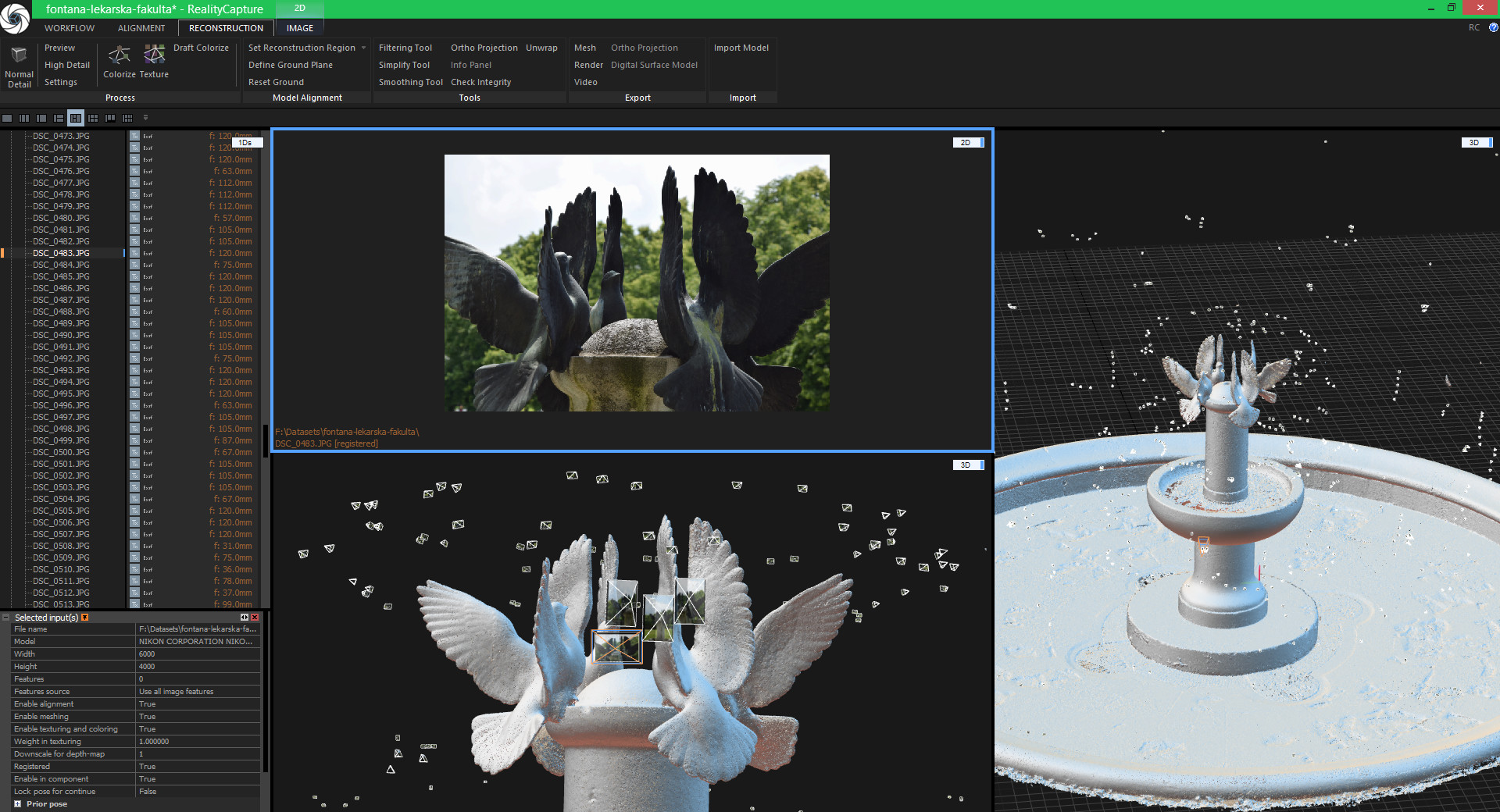

#CAPTURING REALITY FREE TRIAL SERIES#
Her aunt’s death was the third in a series of seven brutal rape-murders in the area. Jane: A Murder is the spectral story of how Maggie Nelson’s aunt was murdered as a first year law student at the University of Michigan. As she states, “You’ve just got to do what each book demands” and did just that in this next novel.

However this does not just delve into themes, it is also reflected in her form as well. Therefore she uses topics that represent individuality at its finest, meaning her own. She relates to the masses not through common thought but through everyone’s individuality. Do not read Nelson’s works and expect that just because she is published, she is understandable in ways similar to previous authors. It was “…a change for her conceptually to think that work might be wanted by somebody, no matter what it was” (Kellog, “Maggie Nelson”). Within the Los Angeles Times, Nelson has indicated that when she won a MacArthur Genius Grant, it was strange because she was “…told in this big way, like, whatever been doing, on the right track…” and for her it was very heartening. She demonstrates this because she writes for herself and writes in a way that makes sense for herself. Within this essay, Nelson takes the aspect of reality where everyone lives for themselves and for their individualities and that disagreements on what is “right” and what is “not” are troubles that everyone has to go through. One must look at her writings and remember how one approaches one’s own life. The key is to look at the work she has written and read as not as someone else’s story but with the context of realism in mind. How does one take this apparently random prose and evaluate it for what it truly is the question. However, knowing that this is the underlying truth beyond this narrative is not the important part, what is important is how one comes to this realization. Anyone reading this work from Nelson will most likely agree that an infatuation with a color up to the point where her love life is influenced is strange, but with it she exposes a larger social problem that judges on how society decides what should be acceptable and what should not. What is normal and what is not? A personal trait, some would find unorthodox and plain unusual and she reveals the underlying issue of how we as people decided that “normal” is something with which we can rank people on and have a criterion on. She asks a crucial question that delves into the complex concept known as reality. She does it through this crucial line, “But what if the prince of blue’s unbutton pants are the divine…” (Nelson, 661). However, is this concept visible from first glance? Is discussing how “The half-circle of blinding turquoise ocean is this love’s primal scene,” and jumping into how there is “…little blue food in nature…” because “…in the wild tends to mark food to avoid (mold, poisonous berries), (Nelson, 659) and finally how she “…went to the Chelsea Hotel to fuck”…” (Nelson, 660) a man called the prince of blue an obvious representation about how Nelson’s personal obsession reveals social criticism? Well, maybe not “obvious”, but it does become evident.

Nelson provides a philosophical meditation on the color blue by bringing it into the larger perspective of what is socially acceptable and what is not. This specific excerpt from Bluets thrives on raw emotion and a body’s needs and desires. To start off, Bluets is one of the more “stranger” works to interpret.
#CAPTURING REALITY FREE TRIAL TRIAL#
From a story about the philosophical meditation of the color blue to the murder trial of Nelson’s aunt and the aftermath of it to an excerpt whose subject embraces the overall idea of writing with a reality scope, all of these works connect to one another through their ultimate culmination of what reality is.

She uses the different elements of writing in order to infuse her ideology from actual lines of content, to the relation between writing form and content to what her content is explicitly about. This concept is evident within four of Nelson’s prominent works Jane: A Murder, The Red Parts: A Memoir, and excerpts from Bluets and The Art of Cruelty. She makes use of the particular and understands its universality. Understanding through the viewpoint of reality, the way the world and everyone’s individual world actually exist, and not just through a writing lens does the reader get properly transported. Nelson connects because she understands the significance of making a piece of writing so personal to the point where its relatability is not surface level.


 0 kommentar(er)
0 kommentar(er)
